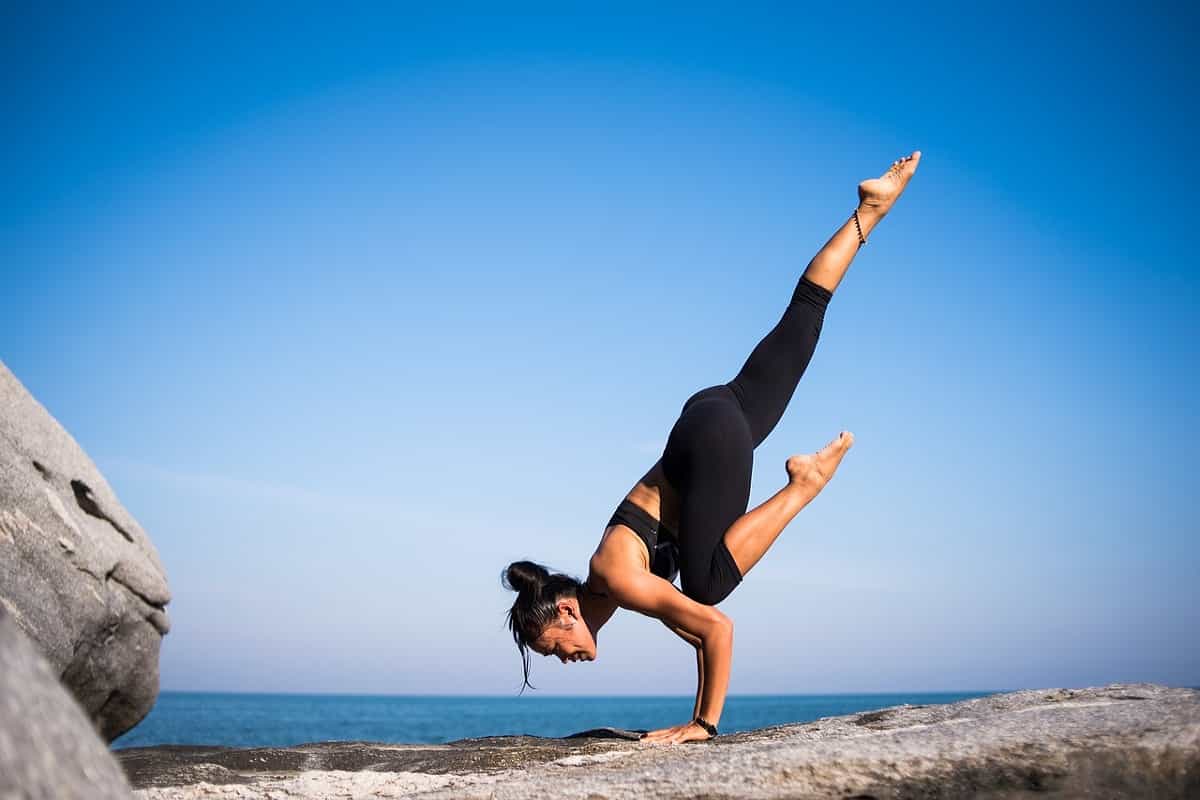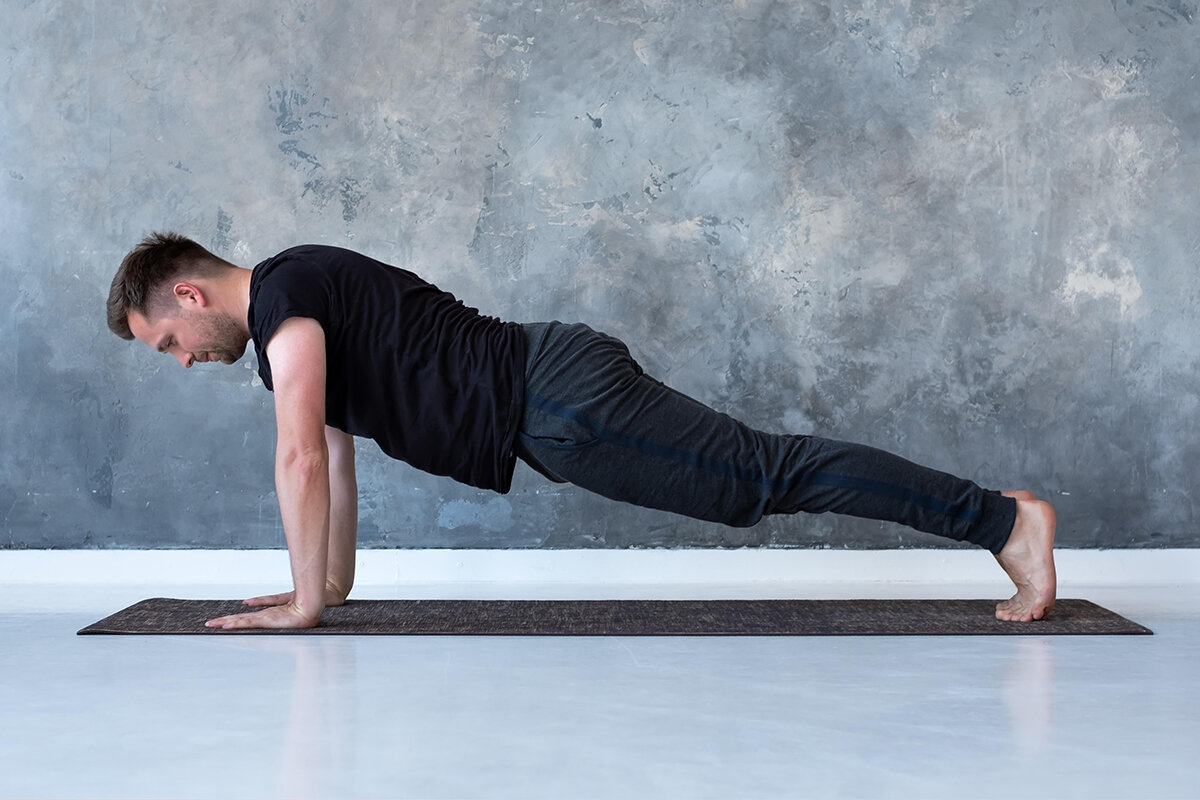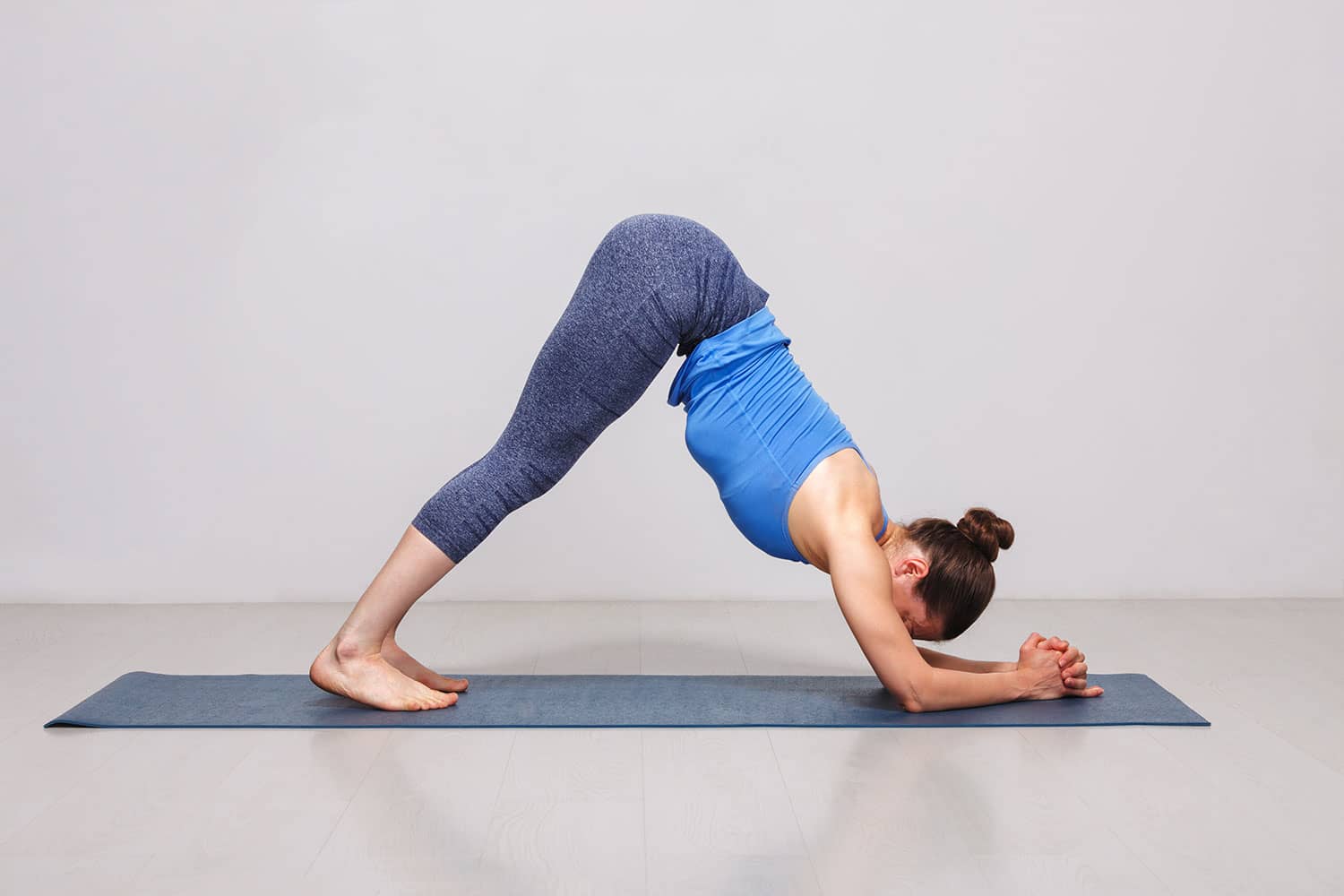Having strong and stable wrists is crucial for yoga practice. Weight bearing postures like downward dog, crow pose, and chaturanga put pressure on the sensitive joints and muscles of the wrists. Weak wrists are prone to sprains, pain, and injury in yoga. So, how to strengthen wrists for yoga ? Luckily, there are many effective ways to build resilience in your wrists over time. Read on for tips on assessing your wrists, exercises to improve wrist stability and mobility, and preventing wrist injuries in yoga.
Assess Your Wrist Strength
Before starting strengthening exercises, evaluate potential weak spots through these tests:
Wrist Flexibility
Do your wrists comfortably flex and extend? Try gentle wrist circles and stretches. Limited range of motion indicates tightness.
Wrist Extension
From tabletop position, gently press down through your palms. Do your wrists collapse or arch back? Wrist flexor tightness can cause overextension.

Side-to-Side Stability
In plank pose, do your wrists wobble side-to-side? This shows instability in the small carpal bones.
Weight Bearing Capacity
Test loading your wrists in dolphin pose. Can you hold it steadily? Trembling or strain means building strength is needed.
Targeted Wrist Strengthening Exercises
Once you’ve assessed your wrists, incorporate specific conditioning into your yoga routine or cross-training. Try these Effective exercises:
Wrist Flexion and Extension – Improve flexibility by tracing big circles with your fingertips or gently pumping your fists.
Wrist Rotations – Turn palms up and down while extending arms in front of you. Also rotate hands so thumbs point up and down.

Wrist Push Ups – From tabletop position, perform mini push ups shifting weight forward onto your palms.
Wrist Curls and Reverse Curls – Use light weights or resistance bands to flex and extend wrists against resistance.
Forearm Planks – Build static strength by holding forearm plank pose. Gradually increase duration.
Hand Squeezes – Use a stress ball or putty to repeatedly squeeze and release for wrist stability.
Protect Wrists in Your Yoga Practice
While building wrist strength, be cautious in yoga poses. Avoid potential strain with these tips:

- Modify Wrist Angles : Rotate hands slightly outward in plank and downward dog to maintain straight wrist alignment.
- Use Props to Reduce Wrist Loading : In poses like tabletop, place a folded blanket under your palms to decrease pressure.
- Avoid Hyperextension : Prevent collapsing arches by firmly pressing down through the whole hand, especially the knuckles and fingers.
- Limit Time in Weight Bearing Postures : When first building strength, only stay in plank and chaturanga briefly until wrists adapt.
- Scale Back Inversions : Reduce wrist strain by using wall support for handstand prep like frog stand.
- Avoid Forceful Transitions : Smoothly transition in and out of poses like chaturanga rather than allowing gravity to drop wrists suddenly.
- Support Joints with Braces : If you have prior wrist injuries, use braces during yoga until fully healed.
Lifestyle Habits for Wrist Health
What you do off the mat also impacts your wrist stability for yoga:
Take Movement Breaks
If you have a desk job, regularly flex wrists and shake out hands to reduce stiffness from typing.
Strengthen Your Upper Body
Include shoulder and arm exercises in your regimen to share the load during yoga.

Use Ergonomic Equipment
Ensure your desk setup, computer mouse, and other frequently used items are wrist friendly.
Monitor Pain Signals
Back off any activity causing sharp wrist pain and consult a doctor if it persists.
Be Patient and Listen to Your Body
Healing tissues take time, so be consistent with your strengthening routine. Most importantly, honor pain signals and avoid pushing through discomfort in your yoga practice. Healthy wrists develop gradually—have patience with the process!


